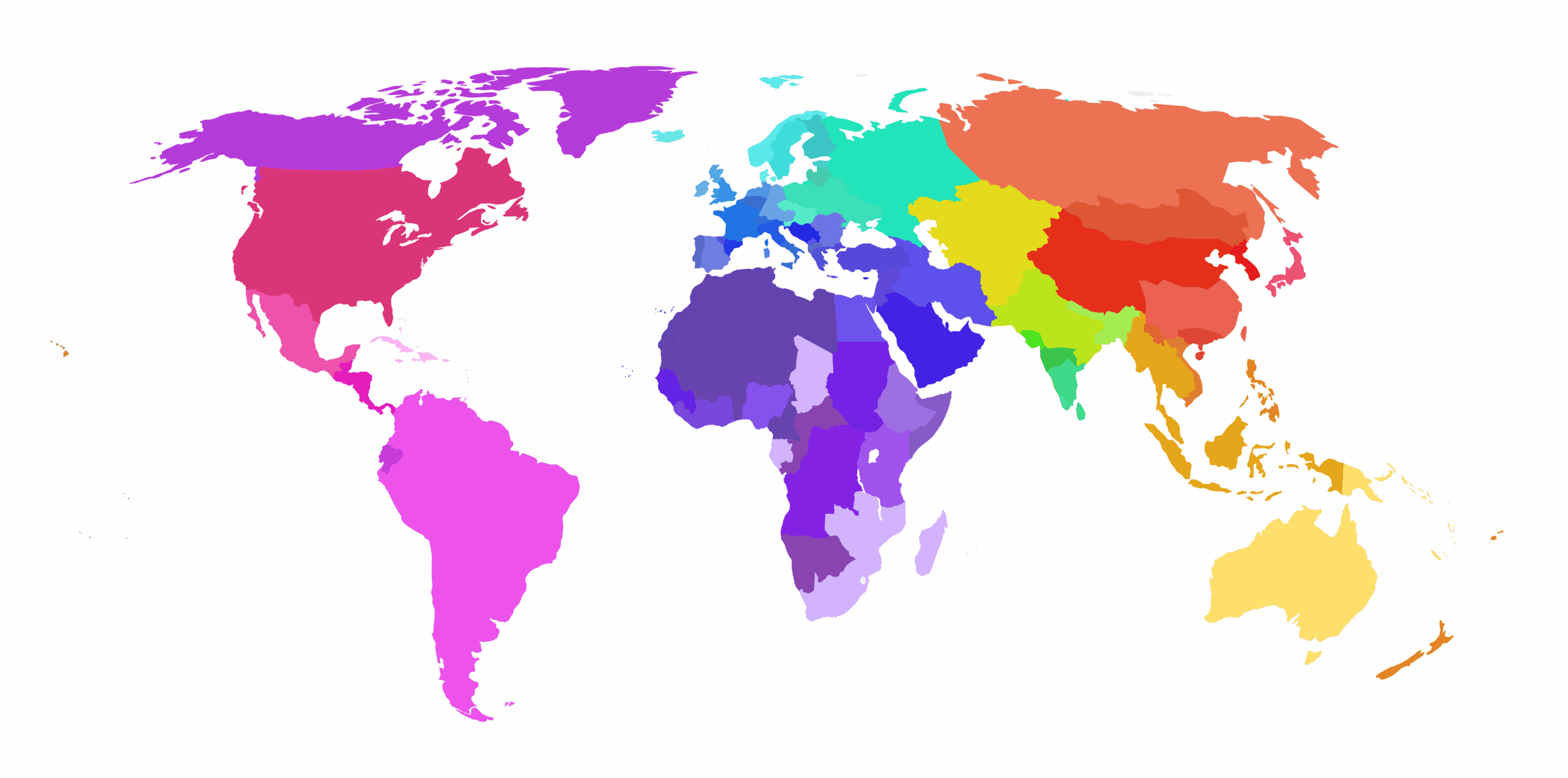
By Amick Boone
They once numbered 300 strong, but the Oregon Cavemen, members of a Grants Pass booster club formed in 1922 whose members claim to be “direct descendants of the Neanderthal,” are fading fast.
Club members worry that as their numbers dwindle, soon there won’t be anyone around to protect their totem — a 17-foot fiberglass caveman statue that has long been a sort of guardian of the town, known as the gateway to the Oregon Caves National Monument.
The Oregon Caveman story appeared recently in an article in the Wall Street Journal, which detailed how the group fought tooth-and-nail to keep their animal-skin-wearing, club-wielding caveman standing tall on one of the main streets of Grants Pass.
The group’s original bylaws made claims regarding their Neanderthal lineage, but back then there was no way to know for sure. These days, we have access to genetic testing that could help the Cavemen find out how much Neanderthal DNA they have, but it might not necessarily mean what they think. And the club might be as exclusive as they once believed.
Most non-African people do have Neanderthal DNA, on average about 2.5 percent, but some outliers have even more. However — sorry, Oregon Cavemen — Neanderthal DNA may not predispose you to an animal-print fashion sense or a taste for primitive weaponry. In fact, what it means to have a higher percentage of Neanderthal DNA — whether it gives you a thicker forehead or makes you hairier, for instance — isn’t known.
Homo neandertalensis — thick-boned humans who thrived for hundreds of thousands of years in Europe and parts of Asia — died out about 30,000 years ago, while we modern humans (Homo sapiens) survived. Apart from some theories of how Neanderthals contribute to modern humans, including that they gave us some sort of “hybrid vigor” — according to Peter Parham, a geneticist at Stanford University School of Medicine — why we flourished and Neanderthals died out is an evolutionary mystery we’ve yet to unravel.
While the fate of the caveman statue in Grants Pass has very little to do with Neanderthals, it does give us a chance to revisit the topic of our ancient human cousins. Far from being dumb and unable to communicate, scientists have learned that Neanderthals used relatively complicated tools, created adornments, and likely had a spoken language.
Clearly our understanding of Neanderthals has evolved from the cartoonish caveman depictions of the past as we learn more about not just our shared DNA but also as more Neanderthal artifacts are uncovered.
As University of Wisconsin anthropologist John Hawks noted in a recent NOVA special on PBS: “Neanderthals have the mother of all image problems.”
For more on Neanderthals check out these posts:
– More Fun with Neanderthals
– Find Your Inner Neanderthal
– New Evidence Suggests Humans and Neanderthal Interbreeding
![]()
Got Neanderthal DNA?
23andMe customers can find their inner Neanderthal or at least how much Neanderthal DNA they have. Not yet a customer? Visit our store!



